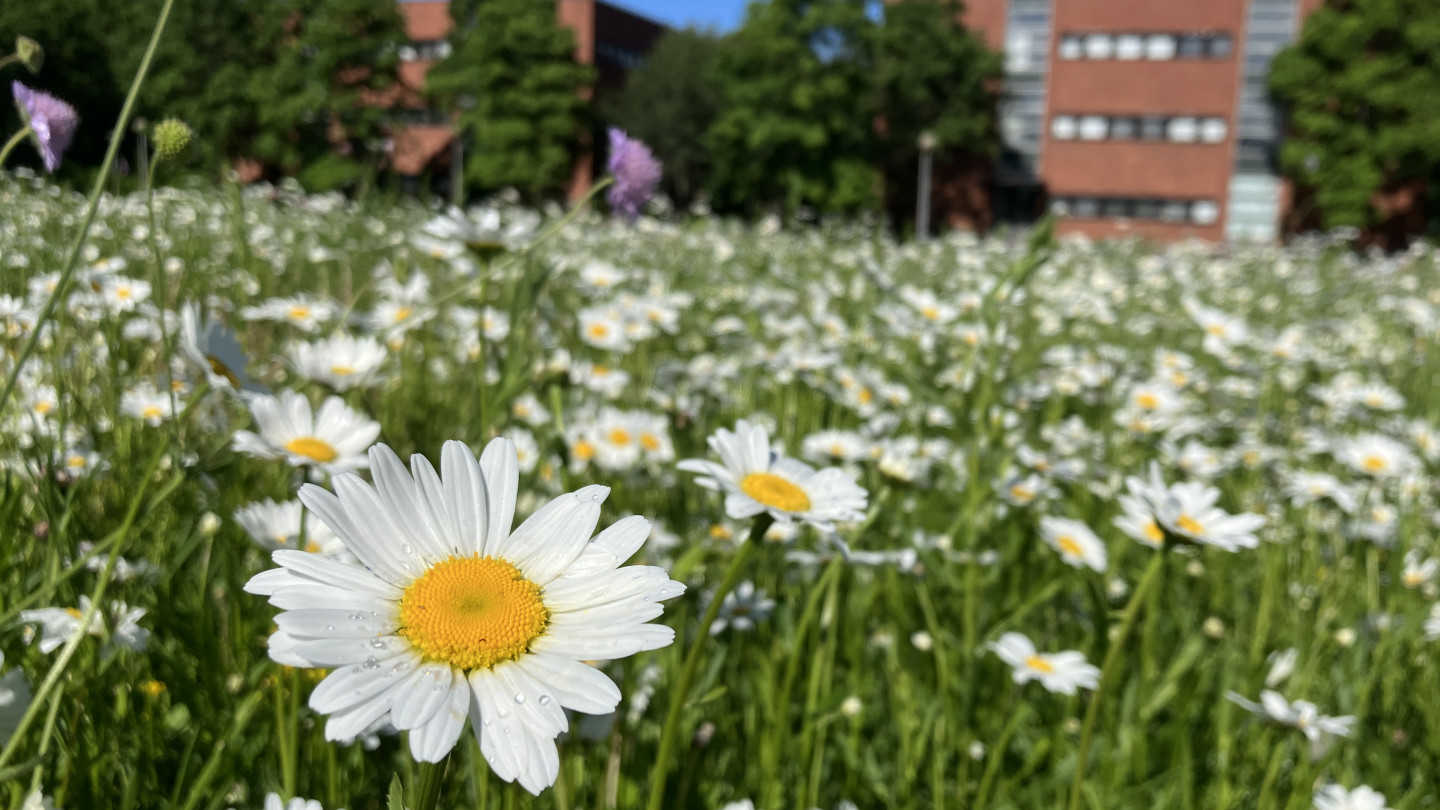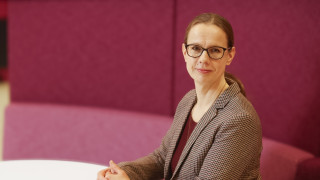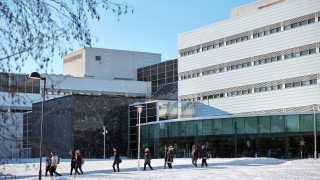The ecological state of JYU campus areas surveyed for the first time in Finland

"The ecological state of biotypes in the campus areas was surveyed, and the overall number of nature-value hectares was calculated based on the results,” explains Reetta Puolitaival, who conducted the investigation. “On this basis, it was also possible to propose concrete measures to improve the ecological state. Repeated measurements will provide information on how the ecological state changes in the campus areas.”
The University’s unique green environment, rich in historical layers, encompasses a diverse collection of plants. The park area of over 36 hectares is a significant part of the overall green network of the City of Jyväskylä, and in recent years, active measures have been taken to improve the ecological state of the campus areas.
“The University of Jyväskylä aims to be a nature-positive organisation,” says Sustainability Specialist Ulla Helimo at the University of Jyväskylä. “To achieve this goal, it is important to be able to monitor the University’s ecological impacts using various indicators and to target measures appropriately. The investigation aptly highlights, for example, the natural values of the culturally and historically significant Seminaarinmäki campus, as well as its potential for improving biodiversity even through simple measures.”
New tool enables monitoring of the ecological state of built environments
Biodiversity is declining both in areas far from human settlements and within built environments. Until now, few tools have been available to assess the natural values of built environments. Last spring, the collaboration between the Arvo and Boost projects produced the first versions of so-called indicators for assessing the ecological state of biotypes in built environments, enabling the monitoring of ecological conditions, for example, in parks and courtyards.
Biodiversity supports adaptation to an increasingly extreme climate. In addition, nature has evidence-based positive effects on human health and well-being. By comparing the current state with future plans, it is possible to identify where the ecological benefits are concentrated and where they could be enhanced.
“The indicators provide long-awaited practical guidance for the design and maintenance of ecologically sustainable and ecologically informed green structures in built environments,” says Elisa Lähde, leader of the Arvo project at Aalto University. “For natural biotypes, ecological state indicators have already been defined. With the indicators for built environments, we can finally assess the state of all nature consistently in terms of nature-value hectares, which is important for well-functioning nature-value markets, for example.”
Further information:
Elisa Lähde, Arvo project, Aalto University, elisa.lahde@jyu.fi







